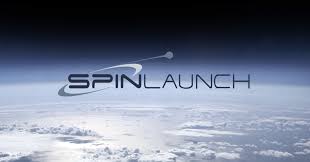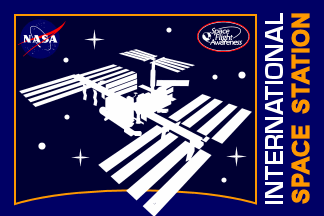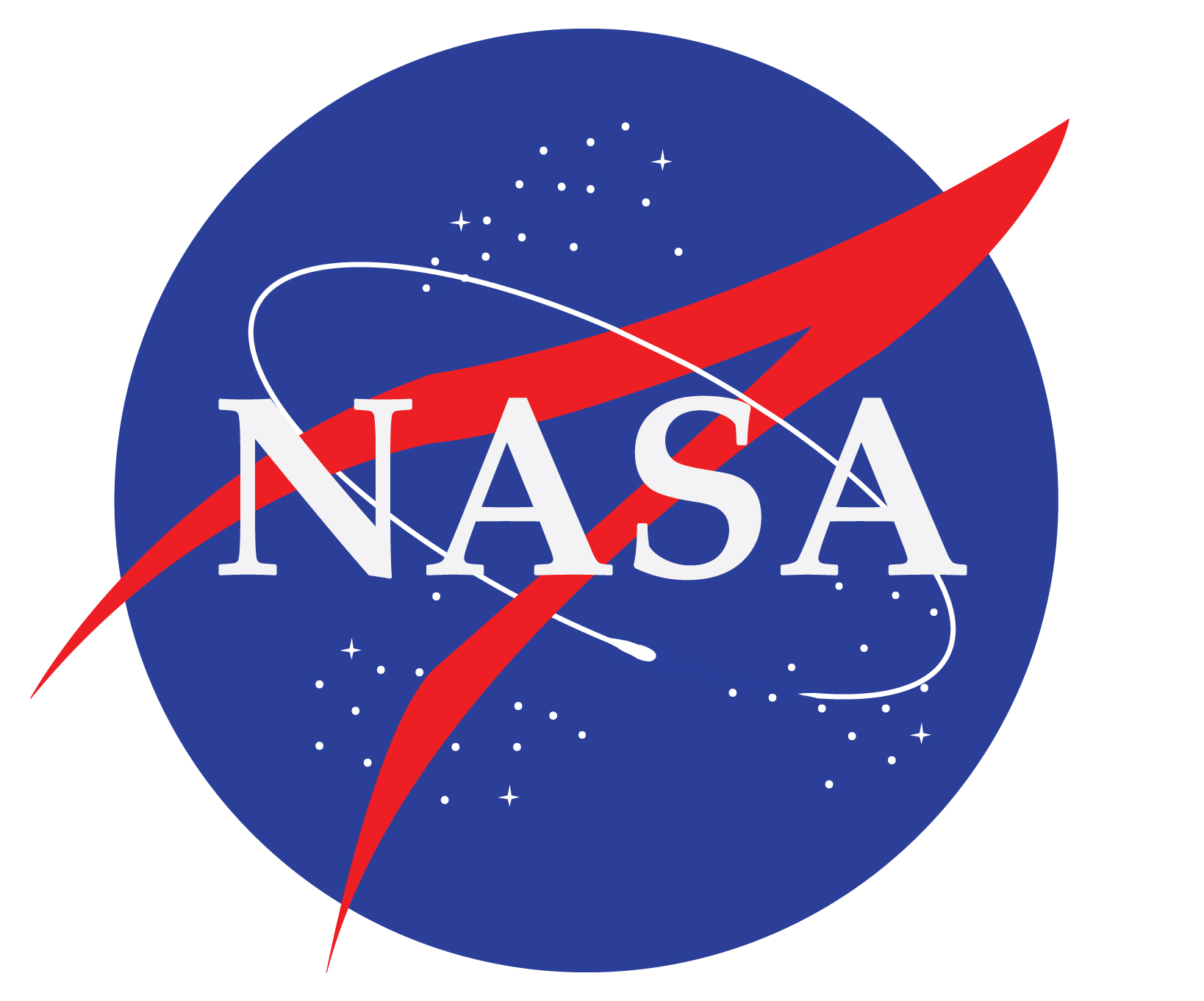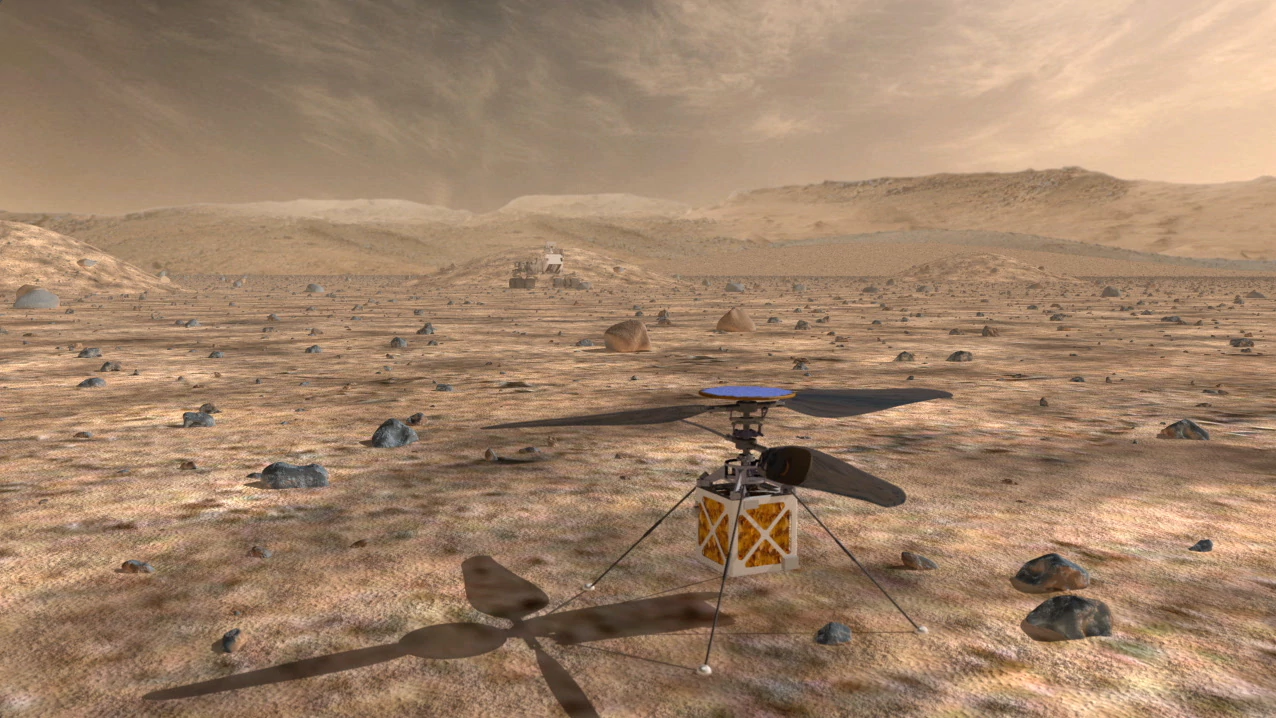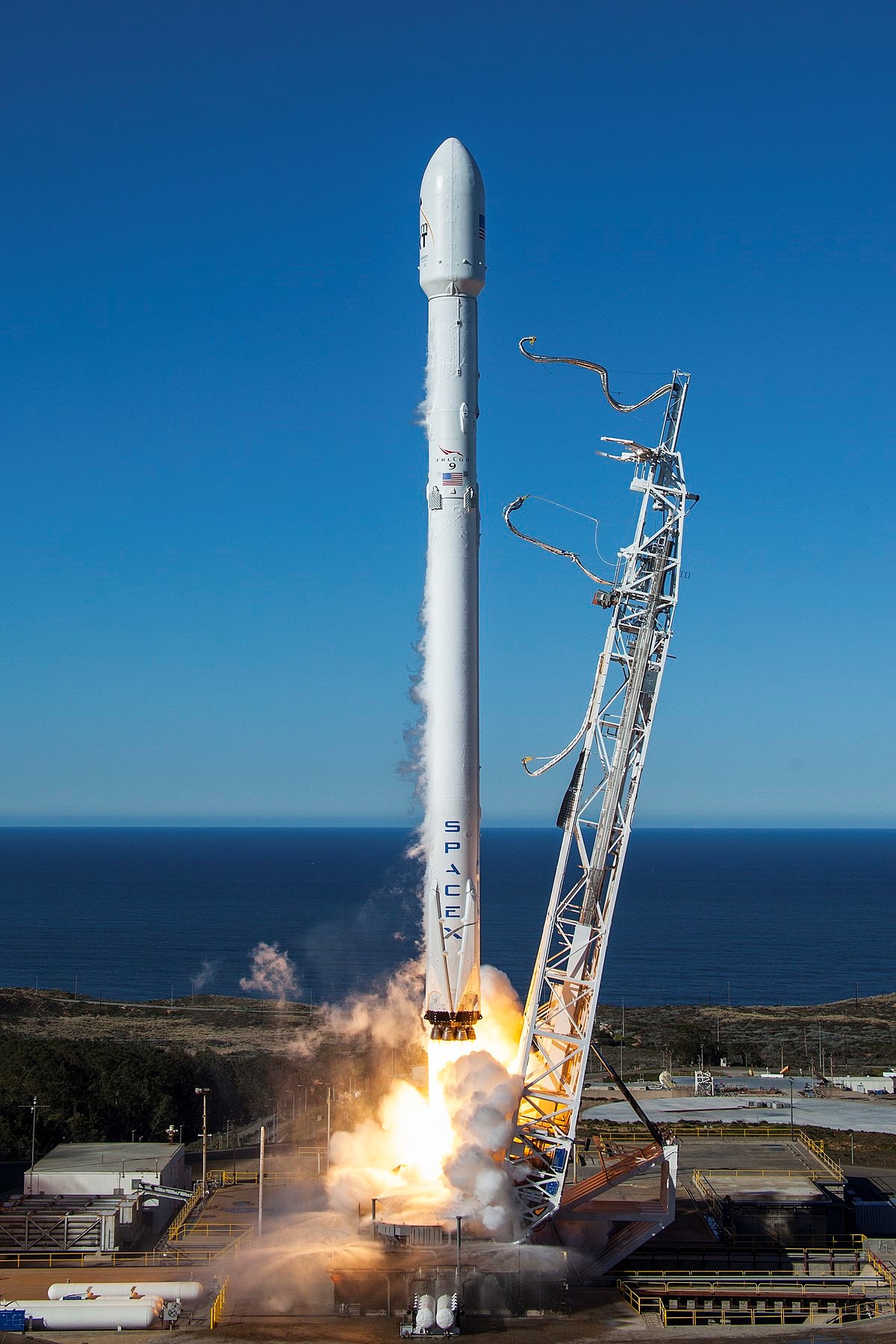SpinLaunch Plans To Use Centrifuge To Throw Small Satellites Into Orbit
Up to this point in the evolution of human space launch systems, the best we a have been able to do is to put payloads on huge tanks of propellant and blast our way to orbit. Over the years, a variety of different types systems for getting payloads to orbit have been proposed.
